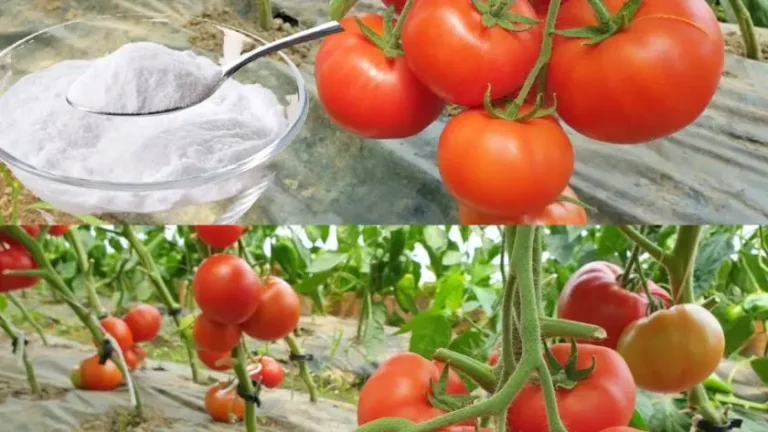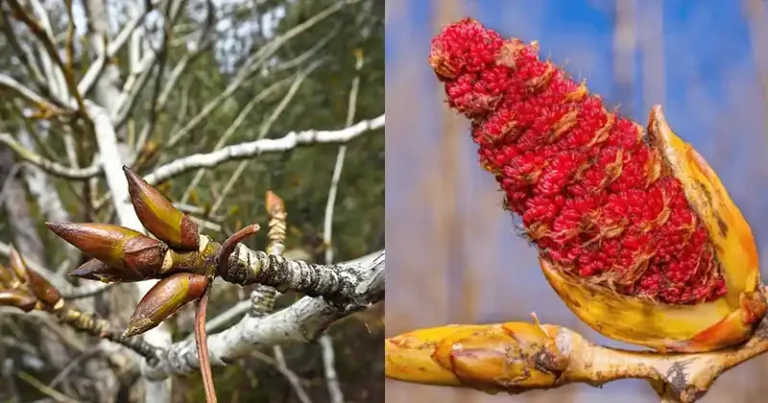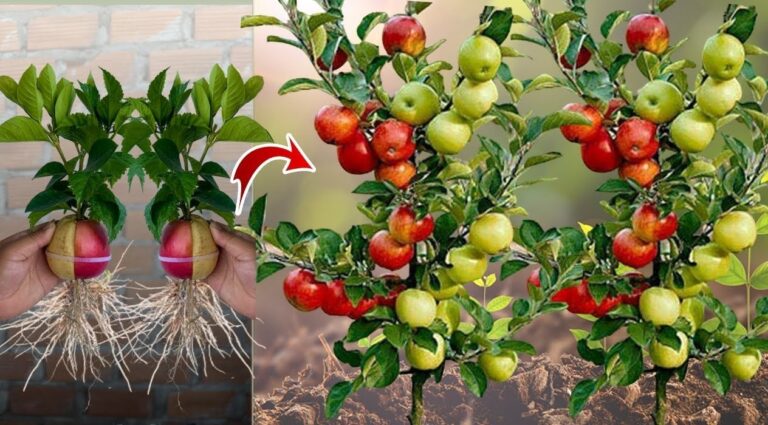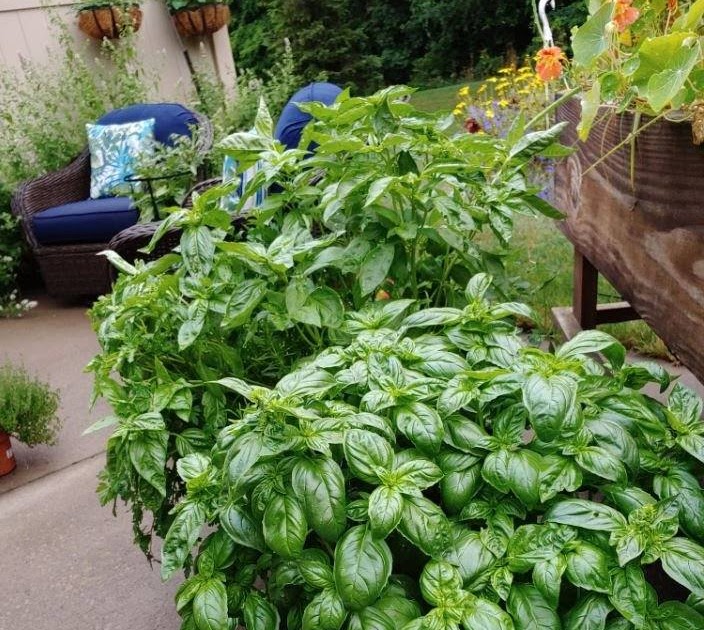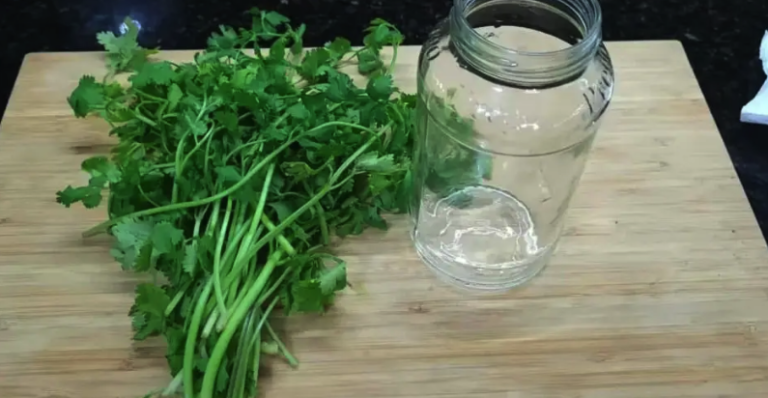How to Grow Blueberry Plants from Store-Bought Blueberries
Growing your own blueberry plants from store-bought blueberries can be a fun and rewarding gardening project. Blueberries are not only delicious but also packed with nutrients. By following these detailed methods, you can start growing your own blueberry plants at home. Here’s a comprehensive guide to help you get started.
Method 1: Seed Extraction with Pulp
Step 1: Selecting the Best Blueberries
Choosing the right blueberries is the first step towards successful seed extraction. Look for the largest and healthiest blueberries available. The size and quality of the blueberries can influence the viability of the seeds.
Step 2: Extracting the Seeds
Once you have selected your blueberries, it's time to extract the seeds. Here’s how:
- Cut open the blueberries using a sharp knife.
- Carefully remove the pulp to access the seeds inside.
- Place the pulp and seeds in a small bowl.
Step 3: Preparing for Germination
To create a suitable environment for the seeds to separate from the pulp:
- Fill a container with water.
- Add the pulp and seeds mixture to the water.
- Stir gently to ensure all seeds are exposed to the water.
Step 4: Allowing Separation
After adding the pulp and seeds to the water:
- Let the container sit undisturbed for a few minutes.
- The heavier seeds will sink to the bottom, while the pulp and lighter seeds will float.
Step 5: Separating Pulp from Seeds
To separate the seeds from the pulp:
- Carefully pour off the water, allowing the pulp to go with it.
- Add fresh water and repeat the process if necessary.
- Once the pulp is removed, you should be left with clean seeds at the bottom of the container.
Step 6: Drying the Seeds
Drying the seeds properly is crucial for storage and future planting:
- Place the cleaned seeds on a paper napkin.
- Allow them to air dry completely.
- Once dry, store the seeds in a cool, dry place for up to a month before planting.
Method 2: Direct Planting of Seeds
Step 1: Selecting and Preparing the Soil
Choosing the right soil and container is essential for seed germination:
- Use well-composted, aerated soil. Blueberries prefer acidic soil with a pH of 4.5 to 5.5.
- Fill a container with the prepared soil. Make sure the container has good drainage and a lid to maintain humidity.
Step 2: Planting the Seeds
Planting the seeds correctly will set the stage for successful germination:
- Spread the seeds evenly over the surface of the soil.
- If the seeds are of varying sizes, you may want to separate the larger ones for even spacing.
- Lightly press the seeds into the soil but do not cover them completely.
Step 3: Creating Humidity
Maintaining the right level of humidity is crucial for seed germination:
- Gently sprinkle water over the seeds to moisten the soil.
- Cover the container with a lid or plastic wrap to create a humid environment.
- Check the soil regularly to ensure it remains moist but not waterlogged.
Step 4: Providing Light and Warmth
Light and warmth are key factors in the germination process:
- Place the container in a well-lit area that receives indirect sunlight. A windowsill or a spot under grow lights works well.
- Ensure the temperature remains consistent and warm, ideally between 20-25°C (68-77°F).
- Monitor the seeds for signs of germination, which can take a few weeks.
Ongoing Care for Blueberry Seedlings
Once your blueberry seeds have germinated and seedlings begin to appear, it’s important to continue providing the proper care to ensure healthy growth.
Transplanting the Seedlings
When the seedlings have grown a few inches tall and developed several sets of leaves, they are ready to be transplanted into individual pots or directly into the garden.
- Prepare larger pots or a garden bed with acidic, well-draining soil.
- Carefully transplant the seedlings, being gentle with their delicate roots.
- Water thoroughly after transplanting.
Watering and Feeding
- Keep the soil consistently moist but avoid waterlogging.
- Blueberries benefit from regular feeding with a fertilizer formulated for acid-loving plants. Follow the instructions on the fertilizer package for best results.
Providing Sunlight
Blueberries need plenty of sunlight to thrive. Ensure they receive at least six hours of direct sunlight each day.
Pruning and Maintenance
- As your blueberry plants grow, prune them to maintain their shape and remove any dead or diseased branches.
- Mulch around the base of the plants to retain moisture and control weeds.
Patience and Harvesting
Growing blueberry plants from seeds requires patience. It can take several years for the plants to mature and start producing fruit. However, the wait is worth it as you’ll eventually enjoy fresh, home-grown blueberries.
- Be patient and continue to care for your plants through the seasons.
- Once your plants start producing fruit, typically in 2-3 years, you can begin harvesting.
Harvesting Tips
- Blueberries are ready to harvest when they are fully blue and come off the plant easily.
- Gently pick the berries to avoid damaging the plant.
Conclusion
Growing blueberry plants from store-bought blueberries is a fulfilling project that allows you to enjoy the fruits of your labor quite literally. By following the detailed steps in either the seed extraction or direct planting method, you can successfully cultivate blueberry plants in your own garden. With patience and care, you’ll eventually have a bountiful harvest of delicious blueberries to enjoy. Happy gardening!



